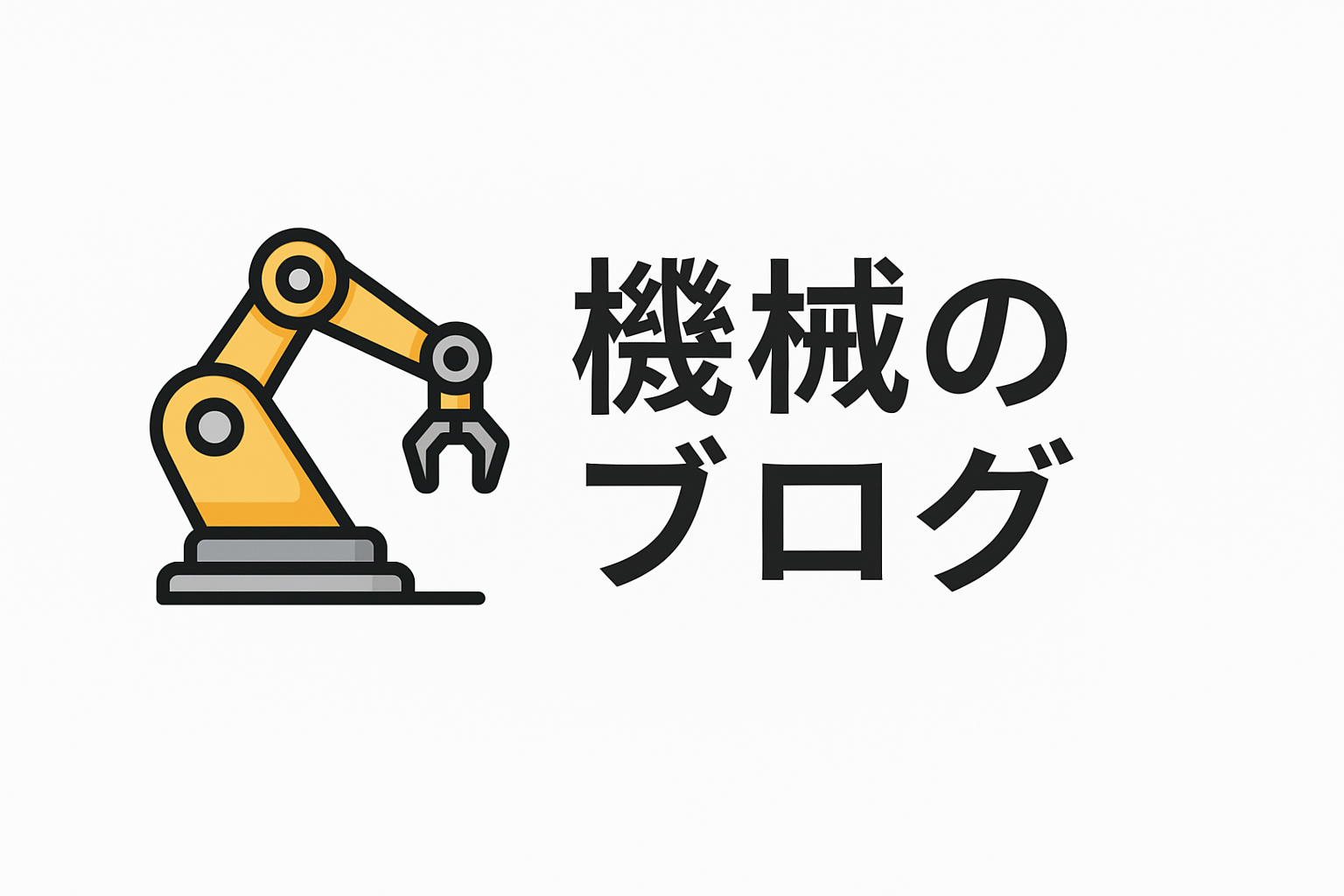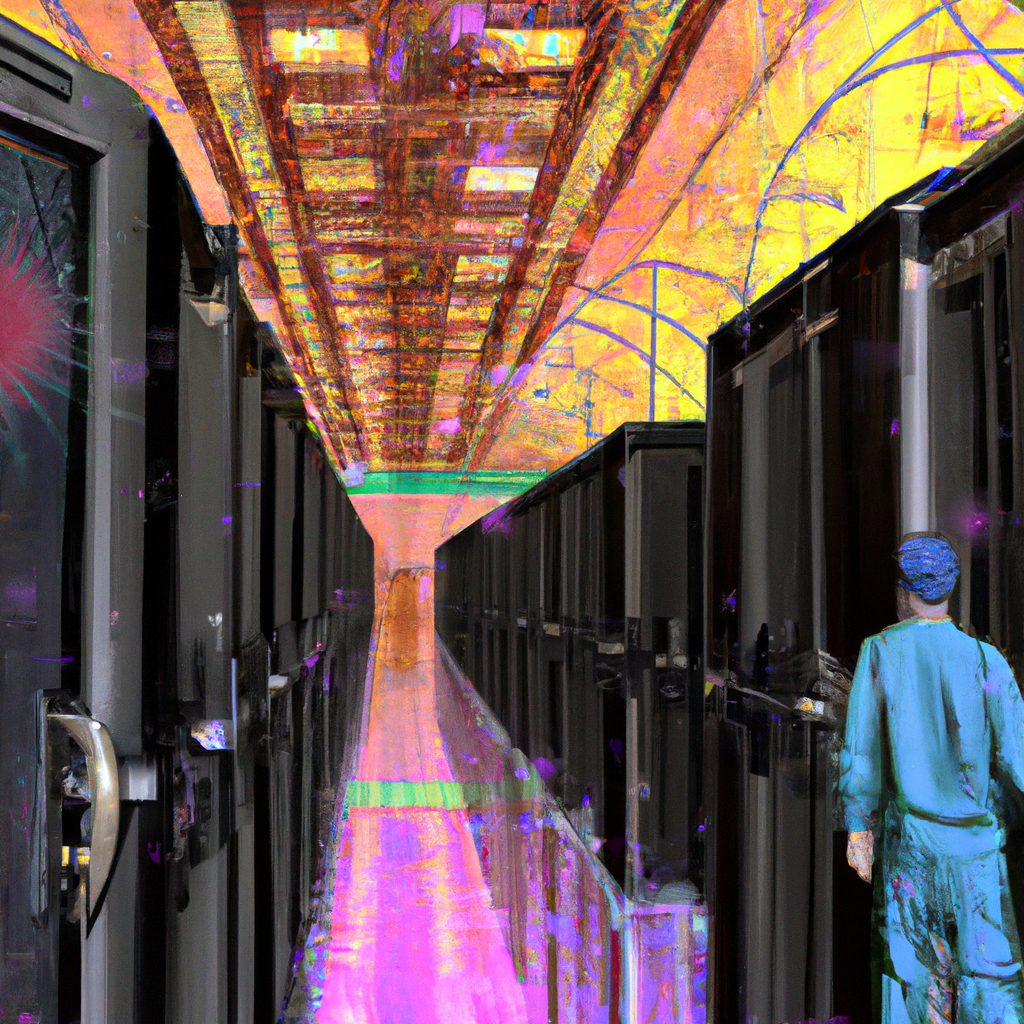The Future of Digital Twin Technology
In the rapidly evolving landscape of manufacturing, innovation is not just an advantage—it’s a necessity. Among the most transformative technologies reshaping the industry is digital twin technology. This powerful concept is bridging the gap between the physical and digital worlds, offering unprecedented insights and efficiencies. As we look towards the future, understanding the potential and applications of digital twins is essential for any forward-thinking manufacturing professional.
Introduction to Digital Twin Technology
Digital twin technology refers to the creation of a virtual model that accurately reflects a physical object, system, or process. These digital replicas are used to simulate, analyze, and optimize performance in real-time. By leveraging data collected from sensors on physical counterparts, digital twins enable manufacturers to predict failures, reduce downtime, and improve operational efficiency.
Initially conceptualized by NASA for space exploration, digital twins have now permeated various industries, including automotive, aerospace, healthcare, and, crucially, manufacturing. As we delve deeper into the future of digital twin technology, it is clear that its capacity to transform manufacturing processes is vast and varied.
1. Enhancing Predictive Maintenance
One of the most significant advantages of digital twin technology is its ability to enhance predictive maintenance. By continuously monitoring equipment performance through digital twins, manufacturers can anticipate when a piece of machinery is likely to fail and schedule maintenance proactively. This approach minimizes unexpected downtime and extends the lifespan of equipment.
Digital twins collect real-time data from sensors embedded in machines, enabling sophisticated analysis of wear and tear. By applying machine learning algorithms to this data, manufacturers can predict potential issues and address them before they escalate. This not only saves costs associated with emergency repairs but also optimizes inventory management by ensuring that parts and tools are available when needed.
2. Streamlining Product Development
The product development process is often lengthy and costly, involving multiple iterations and testing phases. Digital twins can significantly streamline this process by allowing engineers to test designs and functionality in a virtual environment before physical prototypes are created. This not only accelerates the development cycle but also reduces costs and material waste.
Furthermore, digital twins enable real-time collaboration among cross-functional teams, even when they are geographically dispersed. Engineers, designers, and manufacturers can work on the same virtual model simultaneously, making adjustments and improvements collaboratively. This level of integration fosters innovation and ensures that products are optimized for performance and manufacturability from the outset.
3. Optimizing Supply Chain Management
Supply chain management is a complex and dynamic component of manufacturing that can greatly benefit from digital twin technology. By creating digital replicas of supply chain processes, manufacturers can gain visibility into every aspect of their operations, from raw materials sourcing to product delivery.
Digital twins allow for the simulation of various scenarios, helping companies to forecast demand, manage inventory levels, and optimize logistics. By analyzing data from digital twins, manufacturers can identify bottlenecks, reduce lead times, and improve overall supply chain resilience. This enhanced visibility and control are crucial for maintaining competitive advantage in a global market.
4. Facilitating Smart Factory Initiatives
The concept of the smart factory is integral to Industry 4.0, where interconnected systems and data-driven insights drive operational excellence. Digital twins are at the heart of this transformation, enabling factories to become more responsive, efficient, and sustainable.
In a smart factory, digital twins can simulate entire production lines, providing insights into energy consumption, equipment utilization, and workforce efficiency. This holistic view allows manufacturers to fine-tune their operations, reduce waste, and minimize their environmental footprint. As sustainability becomes increasingly important, the role of digital twins in creating eco-friendly manufacturing processes cannot be overstated.
5. Enabling Customization and Personalization
Consumer demand for customized and personalized products is on the rise, challenging manufacturers to offer tailored solutions while maintaining efficiency. Digital twin technology provides the tools to meet these demands by facilitating agile and flexible production processes.
With digital twins, manufacturers can simulate the production of customized products, identifying the most efficient methods to accommodate unique specifications. This flexibility allows for rapid adjustments in production lines without significant downtime or cost increases. As a result, manufacturers can deliver personalized products at scale, satisfying consumer expectations and driving new revenue streams.
Conclusion
The future of digital twin technology in manufacturing is both promising and exciting. As industries continue to embrace digital transformation, the role of digital twins will undoubtedly become more critical. From predictive maintenance and product development to supply chain optimization and smart factory initiatives, digital twins offer a plethora of opportunities to enhance efficiency, innovation, and competitiveness.
For manufacturing professionals, staying informed about the latest developments in digital twin technology is vital. By harnessing the power of digital replicas, manufacturers can not only improve their current operations but also position themselves at the forefront of the industry, ready to tackle the challenges and seize the opportunities of the future.

